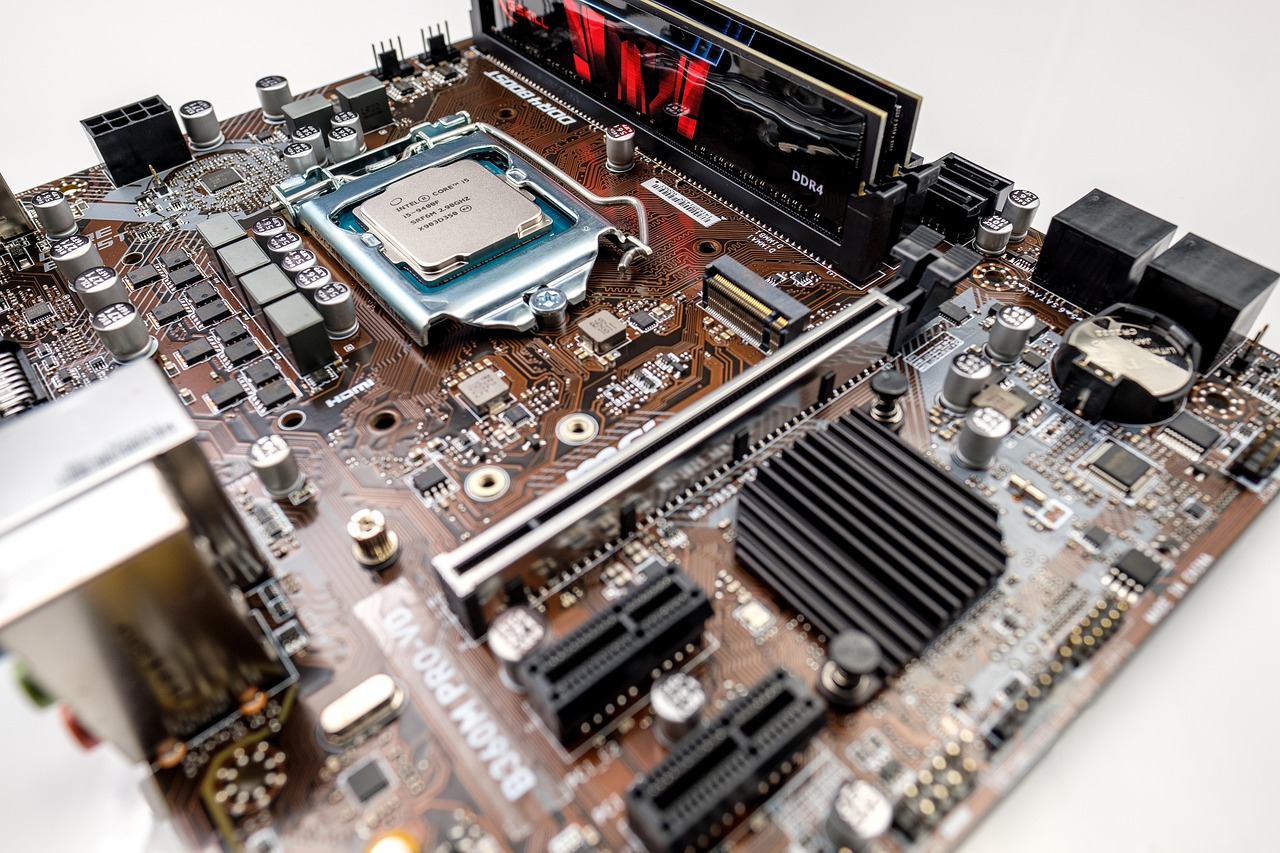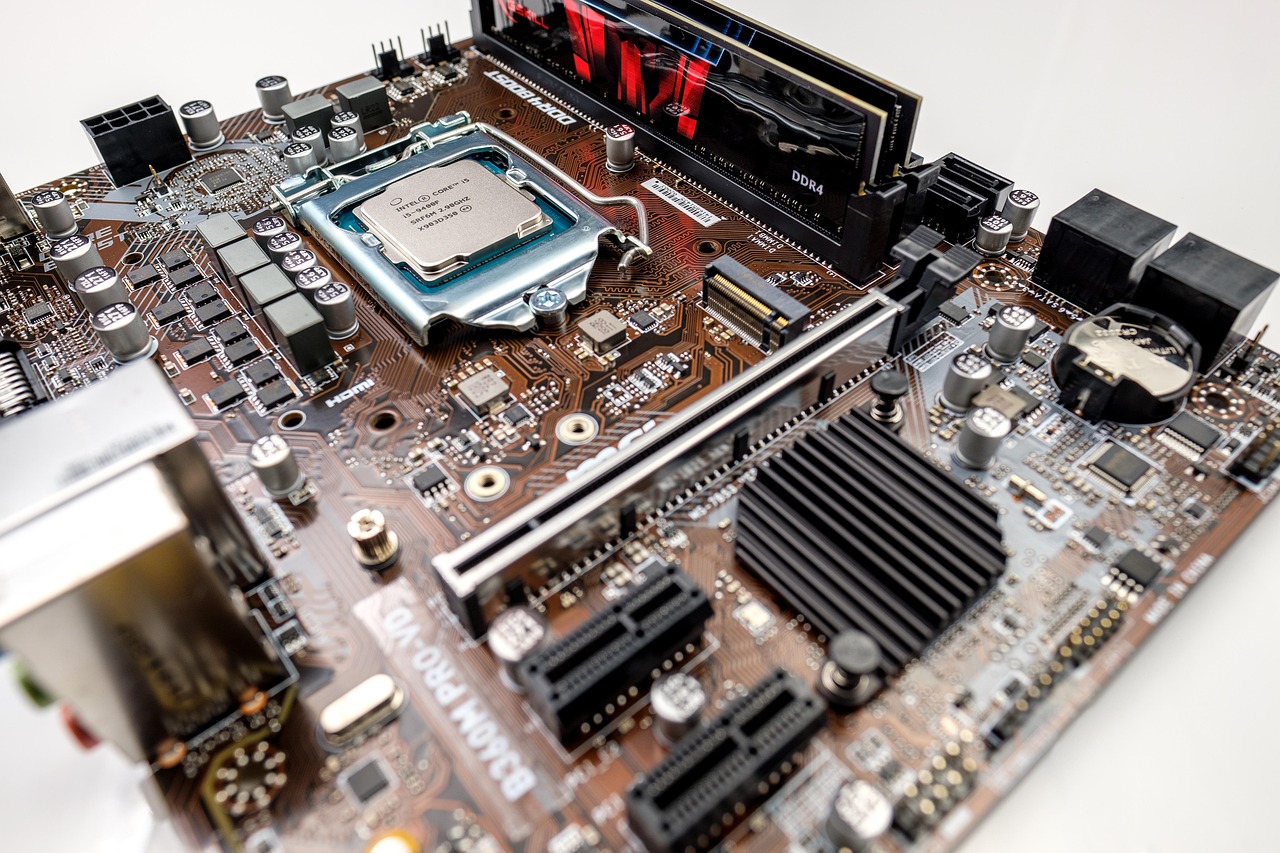Core Modernization: Integrating Predictive Analytics Engines

In the rapidly evolving landscape of digital transformation, core modernization has emerged as a critical focus for organizations aiming to enhance efficiency and competitiveness. A key component of this modernization is the integration of predictive analytics engines, which offer transformative capabilities across various sectors. This article explores the role of predictive analytics in core modernization, examining its benefits, applications, and global trends.
Predictive analytics involves using statistical algorithms and machine learning techniques to analyze historical data and predict future outcomes. This capability enables organizations to make informed decisions, optimize operations, and enhance customer experiences. As businesses strive to remain agile in an increasingly data-driven world, integrating predictive analytics into core systems has become essential.
The Benefits of Predictive Analytics in Core Modernization
- Enhanced Decision-Making: By leveraging predictive models, organizations can anticipate market trends, customer behaviors, and potential risks. This foresight allows for proactive decision-making and strategic planning.
- Operational Efficiency: Predictive analytics can streamline operations by identifying inefficiencies and suggesting process improvements. This results in cost savings and increased productivity.
- Personalized Customer Experiences: Businesses can use predictive insights to tailor products and services to individual customer needs, driving customer satisfaction and loyalty.
- Risk Management: Predictive models can identify potential risks, allowing companies to mitigate them before they materialize. This is particularly valuable in sectors such as finance and insurance.
Applications Across Industries
Predictive analytics is revolutionizing numerous industries, each leveraging its capabilities to address unique challenges and opportunities:
- Finance: Banks and financial institutions utilize predictive models to assess credit risks, detect fraudulent activities, and optimize investment strategies.
- Healthcare: Predictive analytics aids in disease diagnosis, patient management, and resource allocation, improving patient outcomes and operational efficiency.
- Manufacturing: In manufacturing, predictive maintenance reduces downtime by forecasting equipment failures, thereby ensuring smooth production processes.
- Retail: Retailers use predictive analytics to forecast demand, optimize inventory levels, and enhance customer engagement through personalized marketing.
Global Trends and Challenges
The adoption of predictive analytics is accelerating globally, driven by advancements in data processing technologies and the increasing availability of big data. According to recent market research, the global predictive analytics market is expected to grow significantly, reaching an estimated value of over $10 billion by 2025.
However, integrating predictive analytics into core systems is not without challenges. Organizations often face hurdles such as data quality issues, skill gaps in data science, and the need for robust data governance frameworks. Addressing these challenges requires strategic planning and investment in technology and human resources.
Conclusion
As core modernization continues to be a priority for organizations worldwide, the integration of predictive analytics engines stands out as a pivotal strategy. By harnessing the power of predictive insights, businesses can not only enhance operational efficiency and decision-making but also drive innovation and growth. As the digital landscape evolves, organizations that effectively incorporate predictive analytics into their core systems will be better positioned to thrive in an increasingly competitive environment.















